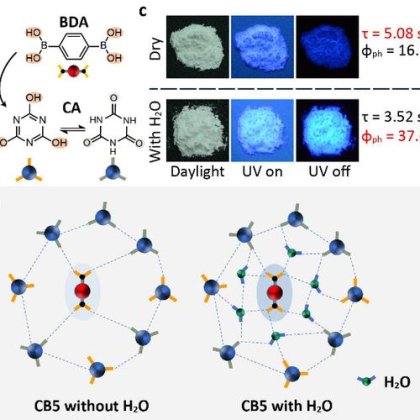| Notes |
1HNMR spectra, user instruction for enquiring |
| Store |
25℃ under N2 atmosphere |
| Packaging |
3 g, or as required in glass bottle |
| Solubility |
Soluble in DMF, DMSO et al |
| Appearance |
Beige solid |
| Linear Formula |
C2H8IN |
| Mol. Weight |
173 |
| Purity |
99.5% |
| CAS Number |
51066-74-1
|
| Name(EN) |
DMAI |
| Synonym |
DMAI |
Thermally evaporated cesium lead triiodide (CsPbI3) is a frontier research direction for perovskite-silicon tandem solar cells because of the matching bandgap and good conformality with textured silicon. However, the random orientation and small grains for the co-evaporated CsPbI3 thin films fabricated at low temperature, resulting in harmful defects and non-radiative recombination. Here, dimethylammonium iodide (DMAI) is introduced into the co-evaporation system at a substrate temperature of 50 °C to prepare preferentially oriented DMA0.06Cs0.94PbI3 film with less defects and enhanced humidity stability. The bandgap also can be reduced from 1.76 eV (γ-CsPbI3) to 1.73 eV. The p-i-n photovoltaic device based on this film achieves an efficiency of 16.10% with suppressed non-radiative recombination, rivaling with the thermally evaporated wide-bandgap CsPbI3 solar cells prepared at a high temperature (∼ 350 °C). This in-situ evaporated alloying strategy can pave the way for the crystallization and defect control during perovskite co-evaporation.













